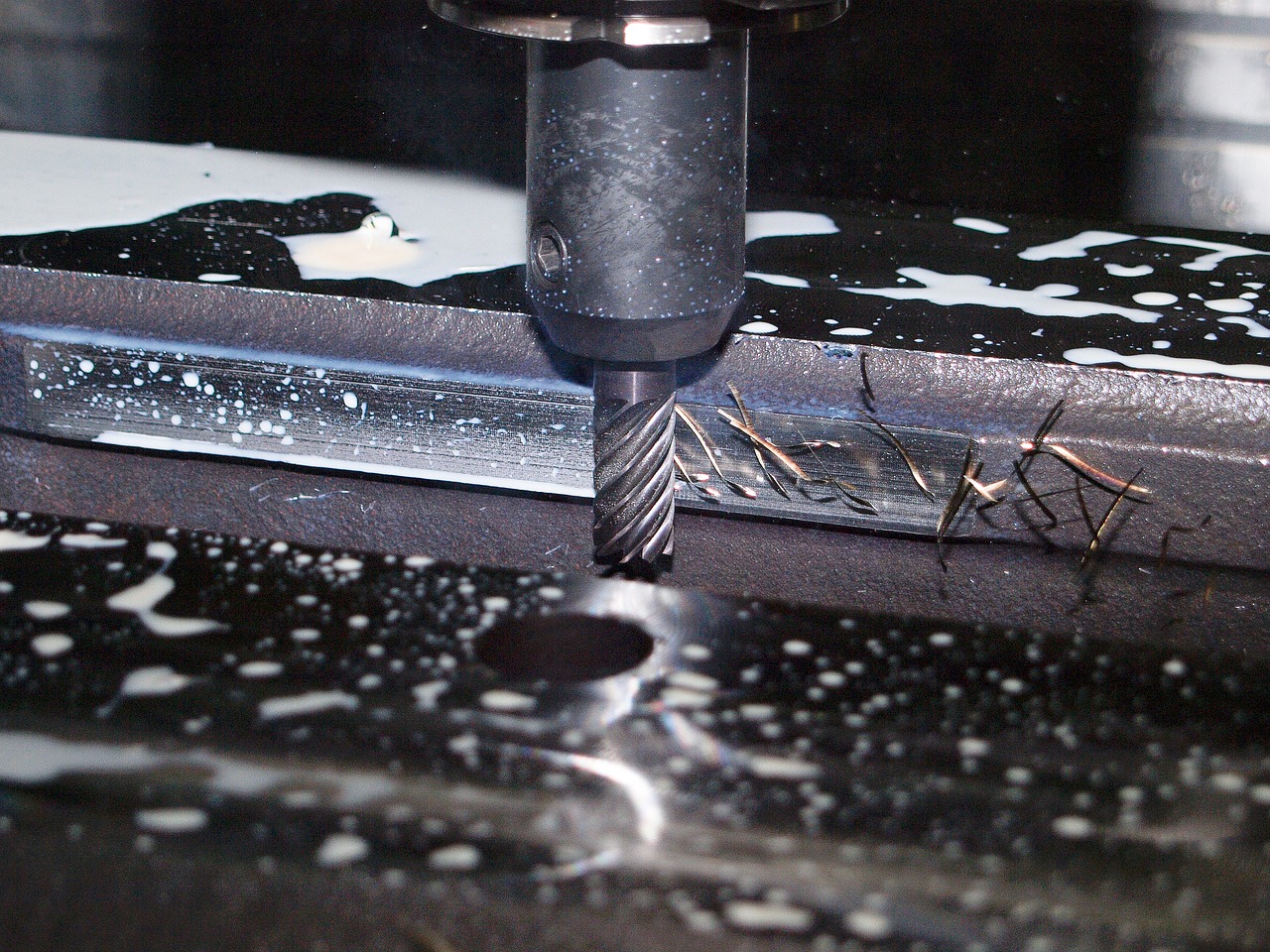Thanks to ongoing innovations and cost reductions in additive manufacturing technology, the market adoption of this technology has been steadily increasing. Consequently, the additive manufacturing industry is experiencing rapid expansion. In line with the ongoing progress of the “Era of Mass Production” in metal additive manufacturing, Xi’an Bright Laser Technologies Co., Ltd. (BLT) achieved significant technological advancements in 2023, contributing to the higher quality development of the industrial manufacturing sector.

Figure 1: BLT Printing System Family
Empowering Large-Scale Production in Aerospace Industry
In the aerospace sector, BLT addressed the unique requirements of metal additive manufacturing by introducing a range of formable high-temperature alloys and titanium alloys. Notably, the LPBF process (Laser Powder Bed Fusion) saw the release of the high-temperature alloy material BLT-In738. This material addresses challenges like high crack sensitivity and low density during the LPBF process, making it suitable for applications in the hot-section components of aerospace engines and gas turbines. Furthermore, BLT-Ti64 powder exhibited exceptional mechanical performance and corrosion resistance, while BLT-Ti demonstrated moderate mechanical properties, high ductility, and ideal corrosion resistance—both highly applicable in the aerospace industry. Breakthroughs were achieved with BLT-Ti2AlNb powder and BLT-Ti65 powder, exceeding the traditional limitations of titanium alloys for applications below 600℃, making them well-suited for high-performance aerospace components. Additionally, BLT also introduced BLT-TiAl4822 powder, specifically designed for Powder Metallurgy (PM) and Electron Beam Melting (EBM) processes, offering a potential weight reduction for high-temperature structural components in aerospace engines by partially replacing nickel-based high-temperature alloys.
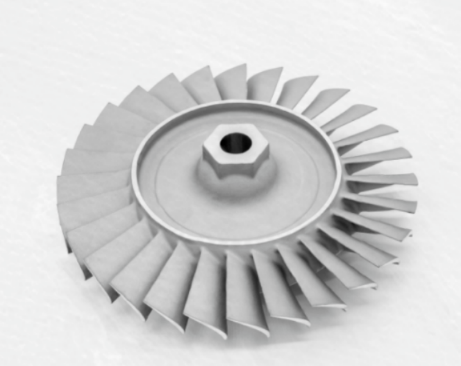
Figure 2: Impeller printed in BLT-In738
In response to the substantial demand from the aerospace industry for large-scale metal additive manufacturing printing systems, BLT introduced a comprehensive platform solution in 2023. This includes the BLT-S615, BLT-S815, and the engineering-application-validated BLT-S1500—an impressive 26-laser, extra-large format printing system. The development of these advanced multi-laser, large-format printing systems is customized to address the diverse production requirements of aerospace customers. This facilitates the simultaneous manufacturing of large and medium-sized components while also supporting the small-batch production of large-sized components.
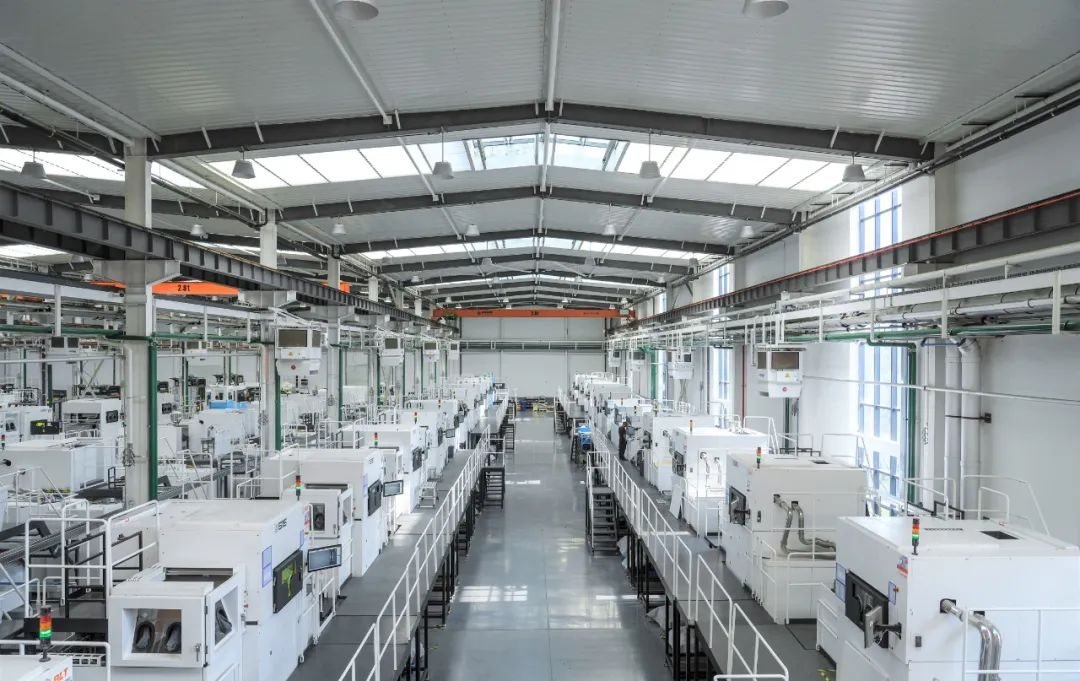
Figure 3: BLT Intelligent Factory
Revolutionizing Cost Efficiency, Quality, and Productivity across Heavy Industries
In the automotive sector, BLT leveraged the printing machine BLT-S400 to assist the Tongji Electric Vehicle Team in the batch production of high-strength aluminum alloy components, including columns, rocker arms, flanged ear plates, and water-cooled casings. The formed parts exhibit excellent consistency, meeting strength, and stiffness requirements while achieving a notable weight reduction. This innovative approach addresses the requirements for small-batch pre-research and trial production of automotive components. In the medical field, the printing machine BLT-S310 facilitated WEDO Bio’s efficient mass production of standard sample bone medical devices. The final parts exhibit excellent dimensional accuracy and consistent quality performance, aligning with stringent product quality requirements. In the field of molds, VEM- a worldwide mold manufacturing brand procured BLT-A320 equipment for the mass production of molds. The enhanced stability of the mass-produced molds has significantly shortened the delivery cycle of parts, thereby greatly enhancing production efficiency.
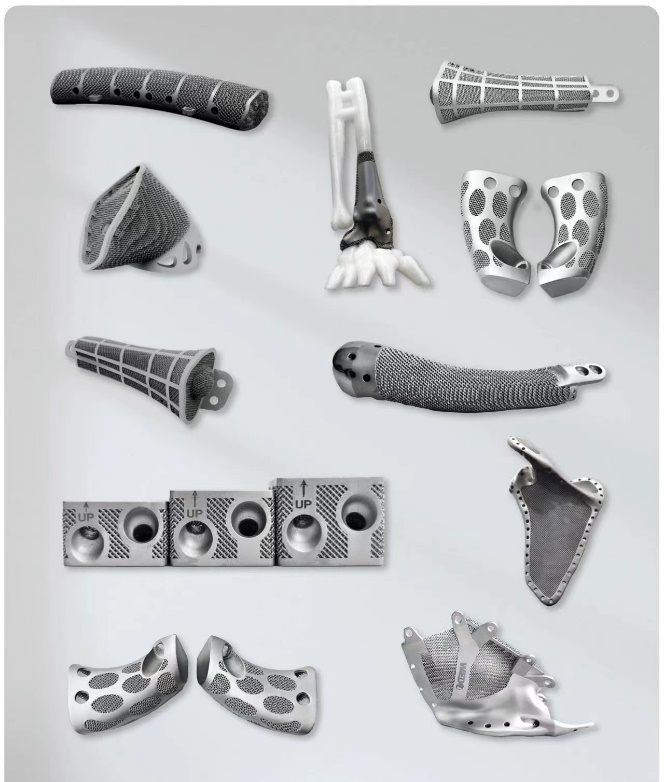
Figure 4: The implant samples designed and printed by the WEDO Bio team
In response to market demands and challenges associated with batch production in the industrial sector, BLT took a significant step in 2023 by upgrading and releasing multiple laser configuration solutions for BLT-A400, BLT-S400, and BLT-S450. These configurations aim to enhance the production efficiency and stability of printing machines, offering the industrial sector a broader range of high-quality, equipment-centric solutions for cost reduction, quality improvement, and efficiency enhancement in batch production.
Efficient powder circulation is an imperative requirement for batch production in the “Era of Mass Production” in metal additive manufacturing. Catering to diverse production scenarios in the aerospace and heavy industries, BLT has introduced several highly effective powder circulation solutions. For scenarios requiring continuous production with multiple printing machines, a production line-oriented powder circulation scheme is available. Alternatively, for the demand for continuous production with large-scale printing systems, an integrated powder circulation solution can be implemented. This adaptability ensures that BLT effectively caters to varied production requirements in both aerospace and other heavy industries, aligning with the imperatives of the “Era of Mass Production” in metal additive manufacturing.
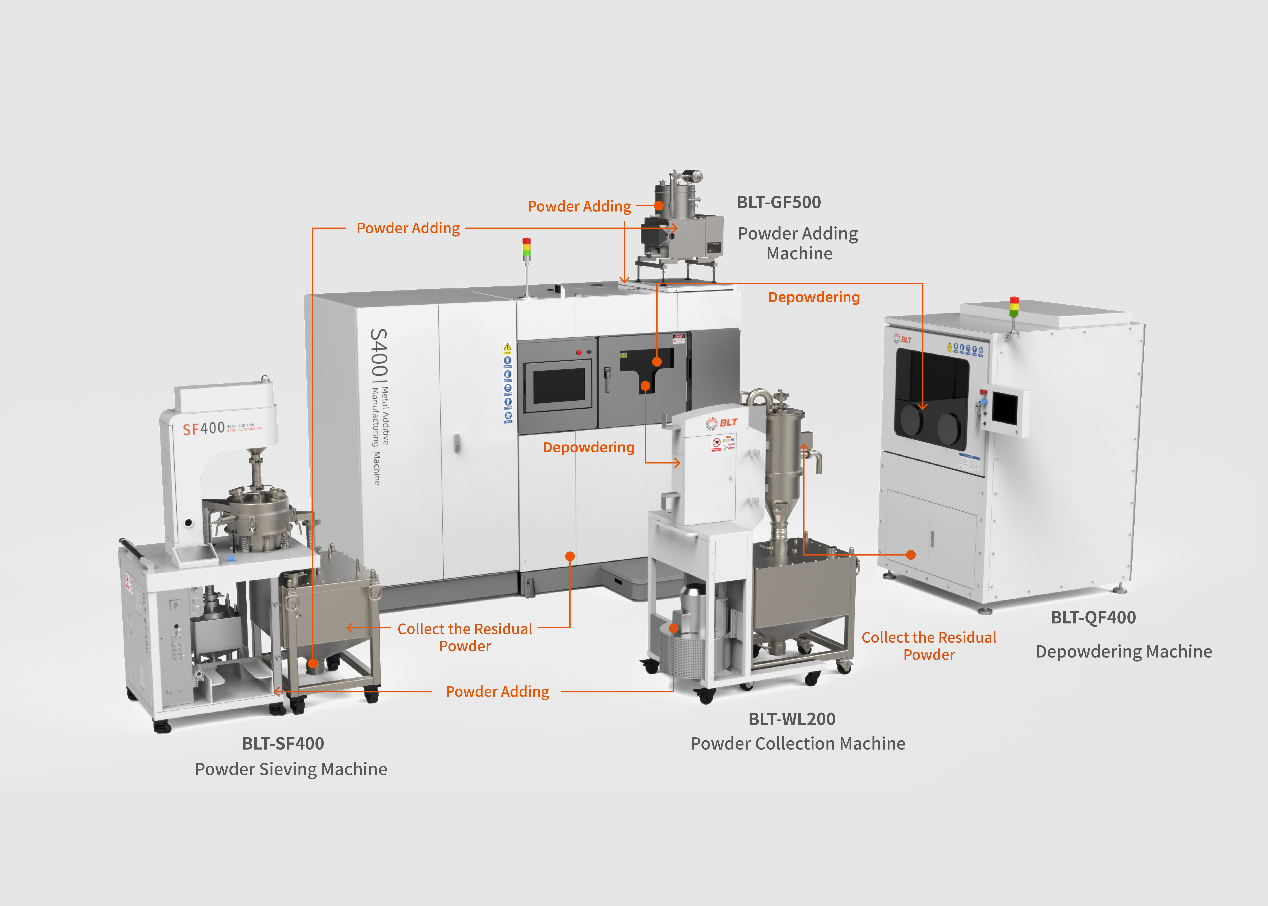
Figure 5: BLT-S400 and its Powder Circulation System
Pioneering Process and Software Advancements for Cost-Efficient and Streamlined Batch Production
Significant strides have been made in advancing non-support technology, greatly enhancing overall efficiency in batch production, especially when processing intricate structural components through the LPBF (Laser Powder Bed Fusion) process. Traditionally, support structures are added during manufacturing to ensure component integrity, only to be removed in post-processing. Yet, the inclusion of supports presents challenges such as time-consuming and material-intensive pre-processing and forming stages. The subsequent support removal can be labor-intensive and time-consuming, and issues may arise when supports within certain structures cannot be entirely removed, impacting the yield of the final product. These challenges have hurdles for the LPBF process from transitioning into large-scale production. Leveraging its comprehensive industry expertise, BLT has innovated across equipment, powder, printing path planning, and process parameter tuning. In 2023, BLT introduced a non-support printing technology solution capable of printing structures with angles below 30 degrees. Since its market debut six months ago, this technology has found application in various industrial batch production, reducing labor and energy consumption in post-processing while ensuring high production efficiency.
Revolutionizing Intelligent Manufacturing through self-developed Software Ecosystem
Metal 3D printing technology has emerged as a modern and intelligent metal processing method, evolving in tandem with the flourishing computer industry. Scaling up production with metal 3D printing equipment necessitates the integration of numerous intelligent production and management tools. By the end of 2023, BLT has successfully established a robust software ecosystem catering to a production line featuring over a hundred metal additive manufacturing systems. This accomplishment underscores BLT’s unwavering dedication to propelling intelligent manufacturing through an all-encompassing and interconnected software infrastructure. BLT-BP V2.0, implemented in the preprocessing phase, covers BLT’s entire equipment, accommodating numerous BLT printing systems configured with dozens of lasers. Specifically customized to specific large-scale production scenarios such as shoe molds and electronics applications, the system configures customized and efficient parameter schemes, comprehensively enhancing the overall preprocessing efficiency.
The equipment control software, BLT-MCS, has reached new heights of customization. It caters to diverse industries including aerospace, engines, energy, automotive (including new energy vehicles), consumer electronics, molds, research & academia, vocational education, and more. The software is equipped with industry-specific modules, addressing the needs of large-scale production, and focusing on aspects like quality monitoring, quality traceability, and efficiency improvement. It consistently refines optional functions like intelligent powder spreading, 3D reconstruction, visual correction, and automatic grafting to proactively address the ever-changing needs of various industries.
The production line management powerhouse, BLT-MES 2.0, is purpose-built for large-scale manufacturing, drawing insights from BLT’s extensive portfolio of several hundred metal additive manufacturing production lines. Positioned as an essential companion for the intricacies of “lights-out factories” in metal additive manufacturing, this production line management BLT-MES 2.0, boasts an intelligent scheduling module enabling remote task assignment and cross-process data tracing. It links the entire production process and facilitates intelligent collaborative management across group-wide, multi-region production lines. The IoT module enables functionalities like data collection and online reporting, supporting third-party software integration. This integration ensures the smooth incorporation of metal 3D printing processes into industrial manufacturing, laying the groundwork for a comprehensive intelligent upgrade in the industrial manufacturing sector, ultimately leading to reduced costs.
Looking ahead to the Future, Breakthroughs in Technology are Poised to Open up new Exciting Possibilities for further Advancements in Large-scale Production.
In early 2023, BLT officially introduced the additive manufacturing process for hard alloys, specifically tungsten steel, and showcased various new applications of tungsten steel at the TCT Asia 2023 exhibition. Tungsten steel is known for its high hardness, wear resistance, and corrosion resistance, and is widely utilized in various industrial cutting tools and drill bits. BLT’s additive manufacturing process for hard alloys addresses the challenges posed by traditional methods in producing intricate tungsten steel components. The final components not only exhibit low porosity but also lack crack defects. Notably, this technique exhibits particular advantages in manufacturing products with intricate structures, such as channels and nozzles. As these technological strides unfold, the landscape of metal additive manufacturing holds the promise of even greater possibilities in the realm of large-scale production.
BLT’s innovative process for hard alloys has broadened the range of materials that can be effectively utilized in additive manufacturing. This breakthrough not only charts a new course for the production of industrial products within metal additive manufacturing but also underscores the vast potential and broad application scenarios that exist within the industrial landscape. Looking ahead, metal additive manufacturing is poised for further technological breakthroughs, with an increasing number of fields leveraging this technology for large-scale production.
.png)
Figure 6: The Tungsten Steel Nozzle Tip/Tube
Throughout 2023, BLT, in collaboration with its team and users, has been at the forefront of accelerating the application of metal additive manufacturing technology across a broader range of components, updated scenarios, larger scales, and emerging domains. Prioritizing customer experience and feedback, BLT strives to provide better products, faster efficiency, and more cost-effective solutions through additive manufacturing technology. This commitment positions BLT as a driving force in transforming the manufacturing industry, leading the way into a new era of production in the additive manufacturing world.

